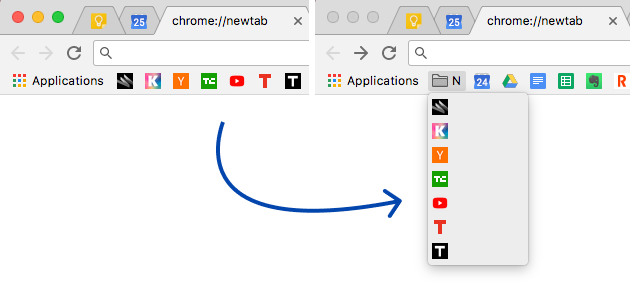
While reflecting about the best way to organize blocking behaviors of our product, I tried to categorize sources of distractions. I came up with this classification which is now helping us to reason about the features of our product and compare competitors.
Active triggers are sudden changes, crafted to get your attention. For example: notifications (visual, tactile, sound) or in-person interruptions
Passive triggers are expected prompts that encourage you to do something. For example: an App icon on your homescreen or a bookmark pinned to your browser interface, that are constantly reminding you to check out what’s new.
Internal triggers are more subtle and malign. This is when your mind thinks of something on its own and feels the urge to do it without any external reason. This happens especially when we’re bored or tired. They’re the triggers formed by the “hooks” described in Nir Eyal’s Hooked: How to Build Habit-Forming Products. As they come from our own will, they can be harder to fight off.
A recurring problem with products in the fight against distraction is that they tend to intervene after these triggers. They simply block the app we’re trying to access, leaving us no choice, but to deal with the urge to see whatever shiny website full of gloriously new and mysterious content. While it’s a good exercise for your mind to be forced to resist these temptations, we think that preventing some triggers to happen in the first place can greatly help with distractions. For example I moved my bookmarks of news website from my Chrome bookmark bar to an unattractive folder and effortlessly transitioned from checking them 2-3 times a day to 2-3 times a week without even trying!

So users can already affect their distraction level by taking simple actions on their digital environment and anti-distractions products should assist them in those tasks. However, when it comes to fighting internal triggers, except by blocking access to the object of the temptations, what can a product do to help? Our research on competitors shows that they tend to do it in three main ways:
Timers help the user to maintain a rhythm and apply some amount of psychological pressure that limits the frequency and intensity of internal triggers.
Trackers gather data on your behavior and give you insights to help you act on it.
Motivational products use storytelling and/or gamification to encourage you to achieve your goals. The remarkably successful Forest app has shown that this might be a very effective aspect for a lot of users.
Overall, the keyword here seems to be “goal”. These three features help the user clarify his or her goal, remember it and increase its perceived importance.
Photo by William Iven

